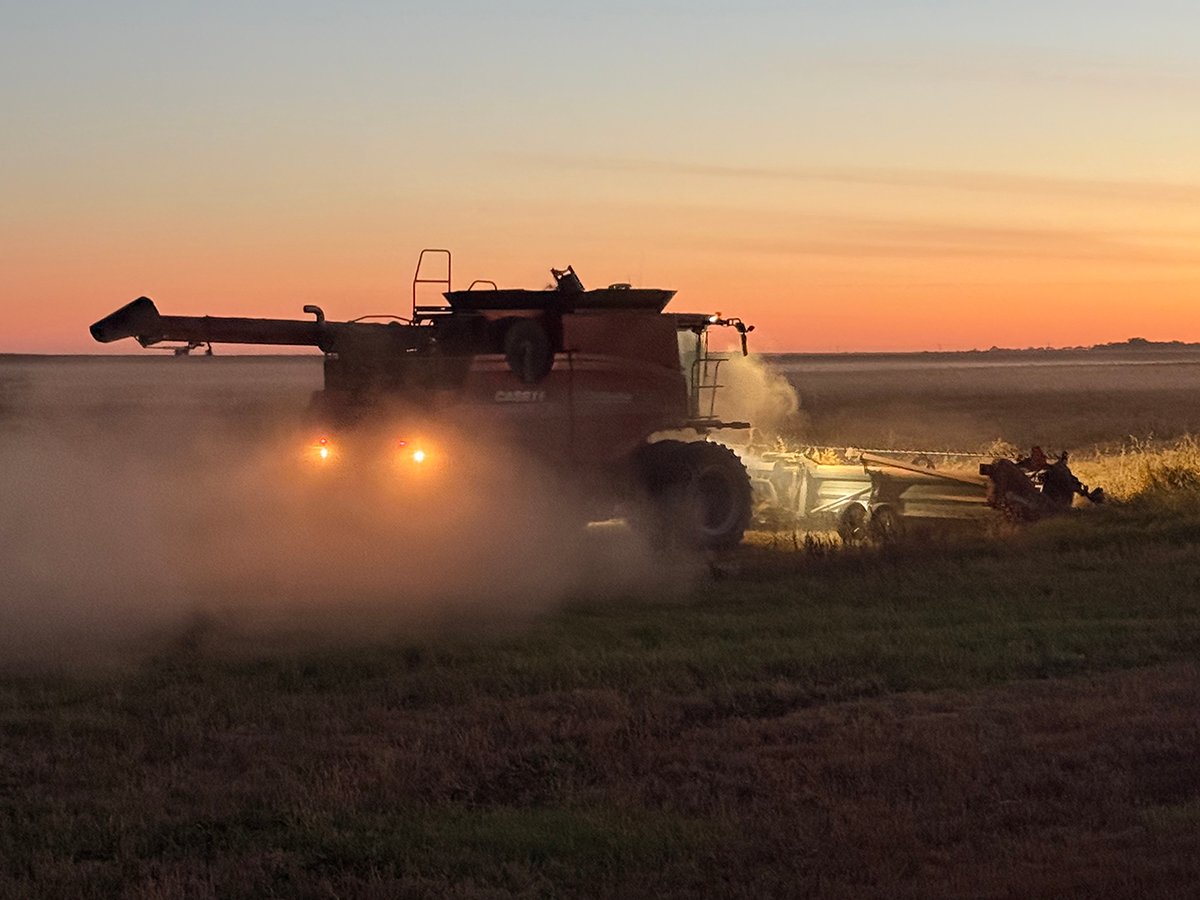THE theme of this year’s World Food Day, organized on Oct. 16, through the United Nations Food and Agriculture Organization, was “biodiversity for food security.”
It was an interesting focal choice given the economics of modern agriculture.
The FAO goal was to “highlight biodiversity’s role in ensuring that people have sustainable access to enough high-quality food to lead active and healthy lives. Biological diversity is fundamental to agriculture and food production.”
While few would argue with the importance of maintaining biodiversity, the economics of agriculture are such that they encourage uniform, high-yielding crops and animal production methods that will bring maximum return on thin profit margins. In that context, encouragement of biodiversity seems to be at odds with the goal of eliminating hunger. Almost certainly this dichotomy is one of the reasons that nations of the world are unlikely to meet their goal of reducing hunger by half by 2015.
Read Also

Downturn in grain farm economics threatens to be long term
We might look back at this fall as the turning point in grain farm economics — the point where making money became really difficult.
Farmers here and in other developed nations are expected to provide higher production with finite or shrinking financial resources. Protection of biodiversity thus comes second to economic survival. And that’s likely why people depend on just 14 mammal and bird species for 90 percent of their animal food supply, and why just four species provide half our food energy from plants, according to FAO data.
Even so, as the FAO and the International Federation of Agricultural Producers rightly point out, farmers have borne and continue to bear most of the burden for protecting the world’s genetic resources. They’ve done well and they’re getting better through adoption of such practices as reduced tillage, rotations and crop diversification.
At the same time the level of farmer education on genetic diversity has never been higher and realization of the importance of genetic and biological research has never been greater.
How can we reconcile agricultural economic realities with the need to preserve the earth’s vital biodiversity?
We must stop putting the entire onus upon farmers for preserving it. Protection of genetic resources is a responsibility that should be shared by all, and when that point is fully acknowledged, governments and organizations can better develop programs that encourage farmers to conserve biodiversity in economically sustainable operations.
As well, they can ensure adequate public research into genetically diverse seed while encouraging commercial research into the food security protections that might be offered by genetic modification.
It’s going to require funding for gene banks, protection of genetic resources and adherence to treaties that ensure plant and livestock breeders, public and private, benefit from enhanced access to genetic biodiversity.
Sounds like a tall order, but one that must be filled if we believe that biodiversity holds the answers to reducing hunger.
















